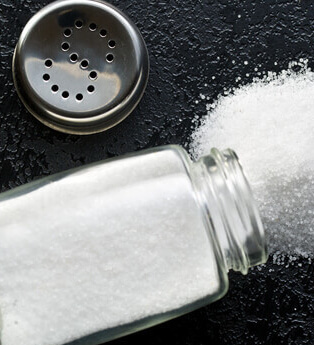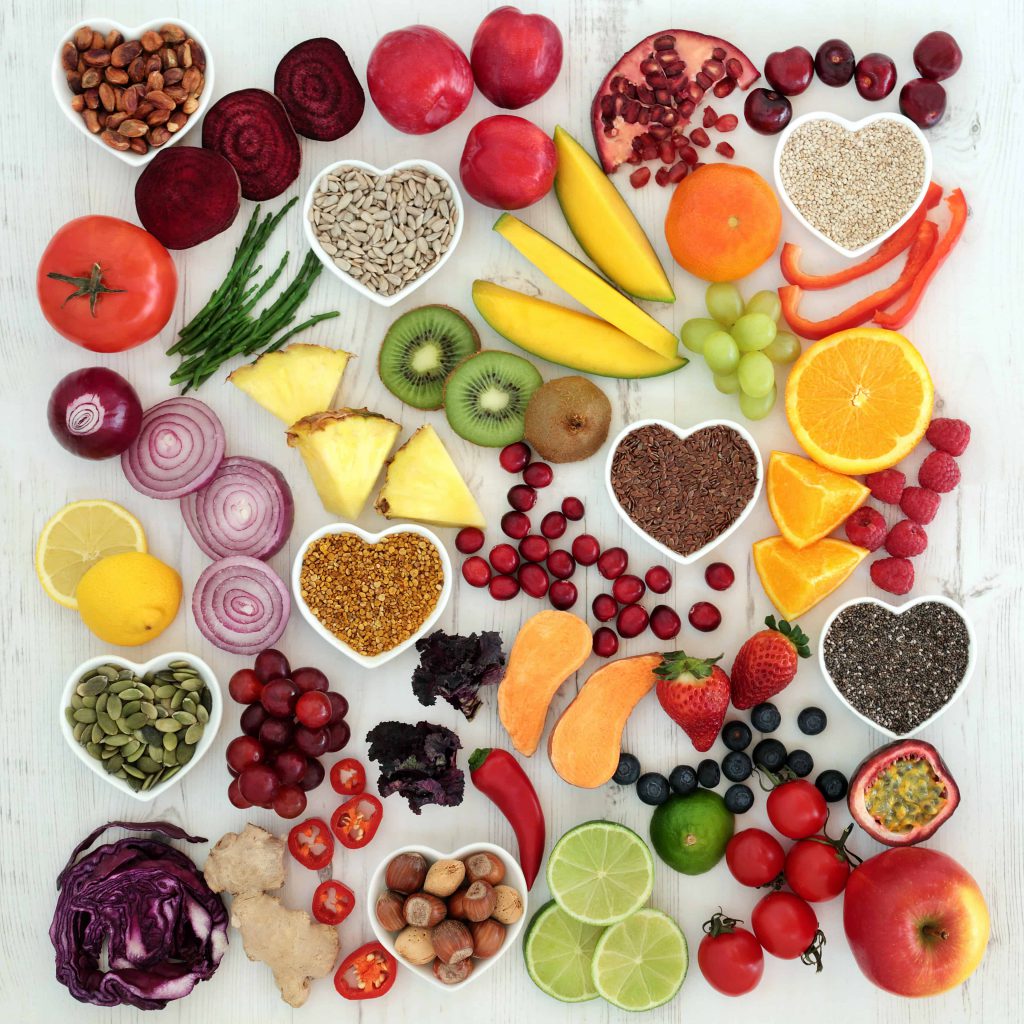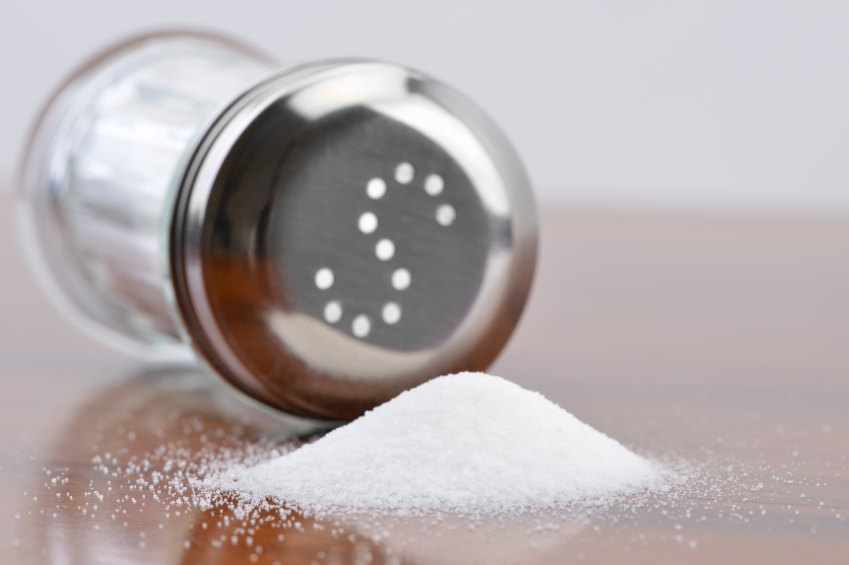We’re all an army of salt snatchers, cheerfully egged on by purveyors of processed and fast food. Misconceptions surrounding salt abound, both from culinary and health perspectives. Time to shake out some salty science.
A Taste for Salt is In Our Blood
No wonder that we have such an affinity to salt. About 1% of our blood is salt. And much of the energy used by our body is in the service of operating tiny biochemical pumps that control the entry of sodium into our cells. The consequence of too much—or too little—can be fatal.
Salt is the currency of life in more ways than one. The word salary comes from the Latin “solarium,” or “salt money.” Likely not the kind of raise you’re looking for from your boss!
Culinary Uses Beyond Saltiness
Salt alters flavor in a variety of ways that extend beyond plain “saltiness.” Salt can suppress the bitterness in food, causing other flavors, including sweetness, to be enhanced. Salt also binds the free water in food, in effect concentrating certain flavors and, thereby, intensifying both their taste and aroma. The affinity of salt for water also makes salt a thickening agent.
How Much Salt in a Teaspoon? It Depends!
A teaspoon of coarse “kosher” salt has 1,920 mg of sodium. A teaspoon of regular table salt has 2,360 mg of sodium, 23% more sodium than a teaspoon of coarse salt. That’s because more of the fine crystal salt can fit into a teaspoon than the larger coarse salt particles that are packed more loosely. If the recipe calls for coarse salt—make sure to use just that, or use less of fine grain salt.
Salt and Disease
The strongest link exists between salt and high blood pressure. And that’s a big deal because, startlingly, up to 80% of adults will develop high blood pressure at some point. Elevated blood pressure is concerning because it raises the risk for heart disease and, even more so, for stroke.
Some people are especially sensitive to the blood pressure raising effects of salt by virtue of genes or age. Seniors are a group known to be especially sensitive to salt, and typically experience larger boosts in blood pressure from salt than seen in younger individuals.
Congestive heart has long served as the poster child for medical recommendations to lower salt intake. The data that supports a drastic reduction in salt intake to treat heart failure, however, is not so clear and recommendations to severely restrict salt have recently been called into question. Nevertheless, it is generally acknowledged that higher intake of salt is still a problem for people with congestive heart failure. The question that remains is how much is too much.
How Much Salt is Too Much?
It depends. The American Heart Association recommends no more than 2,300 mg per day of sodium for most adults (about 1 teaspoon of salt), and less than 1,500 mg for most adults, especially those with high blood pressure. On average, Americans consume 3,400 mg per day.
All that being said, how many of us know exactly how much salt we eat? I recently lectured to a group of 800 clinicians who specialize in high blood pressure, diabetes, and heart disease. I asked for a show of hands of those who knew how many milligrams of sodium they consumed in the last 24 hours. Of the 800 doctors and nurses in attendance, not a single hand went up.
Surprising Sources of Salt
Although it might be a worthy goal, few of us are likely to calculate our daily sodium consumption. Advice that focuses on that number is not particularly helpful. But what IS helpful, is to replace foods typically high in salt with healthier options.
Did you know that the salt shaker accounts for only about 10% of the average American’s salt use? The three foods that add the most salt to the US diet are:
- Deli meat sandwiches
- Pizza
- Burritos/tacos
Most people are surprised to learn that these are the leading salt sources. A major reason these emerge as the top 3 is not only because these foods are salty, but also because Americans eat a LOT of these three foods. After these top three, there are a few culprits that might seem more obvious, including soups and salty snacks. In general, precooked frozen foods and many restaurant meals, especially those covered with sauces, are also notorious for salt loads.
Sodium’s Rival: Potassium
When it comes to blood pressure, potassium is sodium’s good twin. Foods rich in potassium lower blood pressure. The DASH diet (Dietary Approaches to Stop Hypertension) is particularly effective at lowering blood pressure 10-20 mmHg for the most vs. least adherent, in large part because of the high potassium content. Potassium-rich foods include beans, dark green leafy vegetables, mushrooms, bananas, and dried fruit.
Salty Talk Wrap-Up
It’s not always the most helpful to focus on an exact limit for salt—a topic that gets too much attention in the headlines. The fact is that salty foods tend not to be the healthiest for reasons that go beyond sodium. Is there any doubt that we would all benefit from eating less deli meat sandwiches, pizza, and burritos/tacos? And by cutting down on prepackaged foods and meals ordered out that are loaded with breading and heavy sauces? We can definitely do better to replace those items with more vegetables, fruit, and beans—garnished with as much pepper, garlic, onions, and ginger as your heart desires.
And that’s advice worth its weight in…beans!
References:
Foods Contributing Most to Sodium Consumption
Guideline for the Prevention, Detection, Evaluation, and Management of High Blood Pressure in Adults
Interested in eating better for your own health?
Learn the essentials of good nutrition in our interactive, user-friendly nutrition learning program for the public.
Clinicians: Do you feel confident responding to patient questions about nutrition?
Take our award-winning condensed interactive nutrition CME—and learn what every clinician should know about nutrition.



